table of contents:
When you start sewing, positioning your pattern pieces is an essential step that can make all the difference in the final result. Poor placement can result in shifted patterns, uneven drape, or poor symmetry. Those who have already tried this know that a few millimeters of misalignment are enough to ruin the harmony of a garment. But don't panic! In this article, we explain how to properly position and pin your pattern pieces according to the type of fabric used.
How to correctly position and pin pattern pieces?
To ensure a precise cut and a harmonious assembly, here are some essential points to observe:
- The straight grain : indicates the correct orientation of the piece on the fabric.
- The fold symbol : used to place certain pieces on a fabric folded in half.
- The number of pieces to cut : allows you to know whether the fabric should be single or double thickness.
Some pattern pieces have the fold symbol , which means they should be placed on the folded edge of the fabric.
- This usually refers to the middle of the front or back pieces of a garment that should be placed on the fold of the fabric.
- The straight grain should be parallel to the edge of the fabric to ensure a straight cut. If necessary, pin the fabric to hold it in place.
- Pinning : Pin the ends of the pattern, making sure it stays flat, then add pins in between.
- Be careful that the pins do not stick out too far from the fabric so as not to damage the blades of the scissors.

When the pattern piece does not have a fold symbol , it must be aligned using the straight grain .
- Place the piece on the fabric , avoiding positioning it too close to the edges which may be deformed.
- Using a ruler : Measure the distance from one end of the grain line arrow to the fabric edge. Transfer this value exactly to the other side of the arrow to ensure perfect alignment.
- Once the positioning is confirmed, pin all around the piece so that it stays in place before cutting.

How to cut velvet and oriented patterned fabric?
If your fabric has a particular direction (such as a velvet that has a different light effect depending on the pile orientation), all pattern pieces should be positioned in the same direction to ensure uniformity of color and texture.

How to correctly arrange the pattern pieces on a horizontally striped fabric?
Horizontally striped fabrics require special attention to align the patterns and avoid unsightly mismatches. Poorly matched stripes can turn a chic room into a visual disaster!
- Preparation and Cutting
First, fold your fabric lengthwise . Check that the stripes overlap perfectly. If they tend to slip or don't align naturally, pin the fabric to the selvedges to stabilize everything.

- Position the Boss correctly
Start by placing and pinning the front bust and front skirt . Make sure the bottom of the neckline is exactly on a stripe . If you are cutting on the fold of the fabric, it is best to pin your two layers together, making sure the lines match perfectly.

- Ensure a Discreet Hem
An often overlooked detail: the hem should be sewn in a thread color that matches the stripe in question . This ensures that the stitching blends into the fabric and remains discreet, without altering the overall aesthetic of the garment.
- The Importance of Marks and Notches
Markers are your best friend. When assembling the bust and skirt, mark the placement of the stripes on the pattern pieces. This ensures everything fits perfectly when you sew.
- The Assembly of the Sleeves
For flawless sleeves, align the stripes at the bottom of the armhole with those on the bust , respecting the assembly notches. This is an essential detail for a smooth and harmonious final result.

Ultimate tip : Always make sure that the mounting notches that come together when sewing correspond to a stripe of the same color each time.
How to correctly position the pattern on vertically striped and checked fabrics
The difficulty here lies in preserving the alignment of the patterns while taking into account the cuts and shapes of the garment.
- Stripes and Regular Checks: The Bias Technique
If your fabric has a regular pattern , fold it lengthwise as you would for horizontal stripes. Then, fold the fabric face down and position it at a 45° angle to align the squares diagonally.
- How to Deal with Uneven Scratches?
If the stripes or checks are irregular , the method differs. Here, the central stripe must be determined and used as a reference for the entire construction of the garment. This ensures overall harmony , even if some parts do not align perfectly.
Conclusion
Whether you're working with solid, striped, plaid, or patterned fabrics, pattern piece placement is a key step in a well-cut garment . Take the time to align your patterns , pin your pieces securely, and always double-check before cutting !
And you, what are your tips for correctly positioning your patterns on the fabric? Share them in the comments!

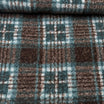
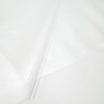
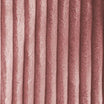
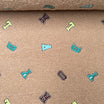
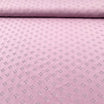
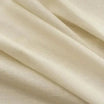
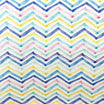
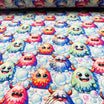

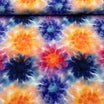
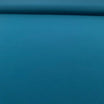
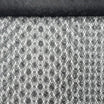
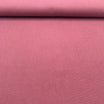
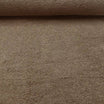

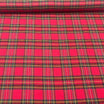
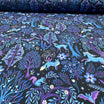
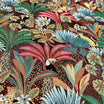
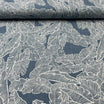

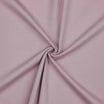

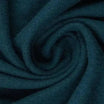
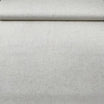
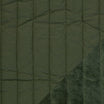
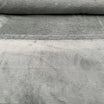
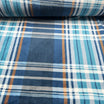
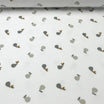
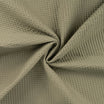
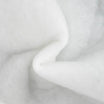

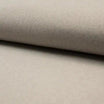
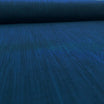
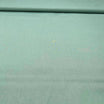
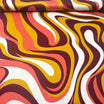

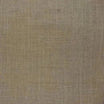
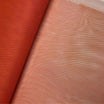
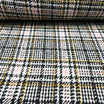
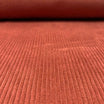
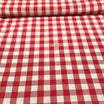
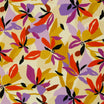
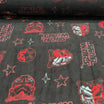

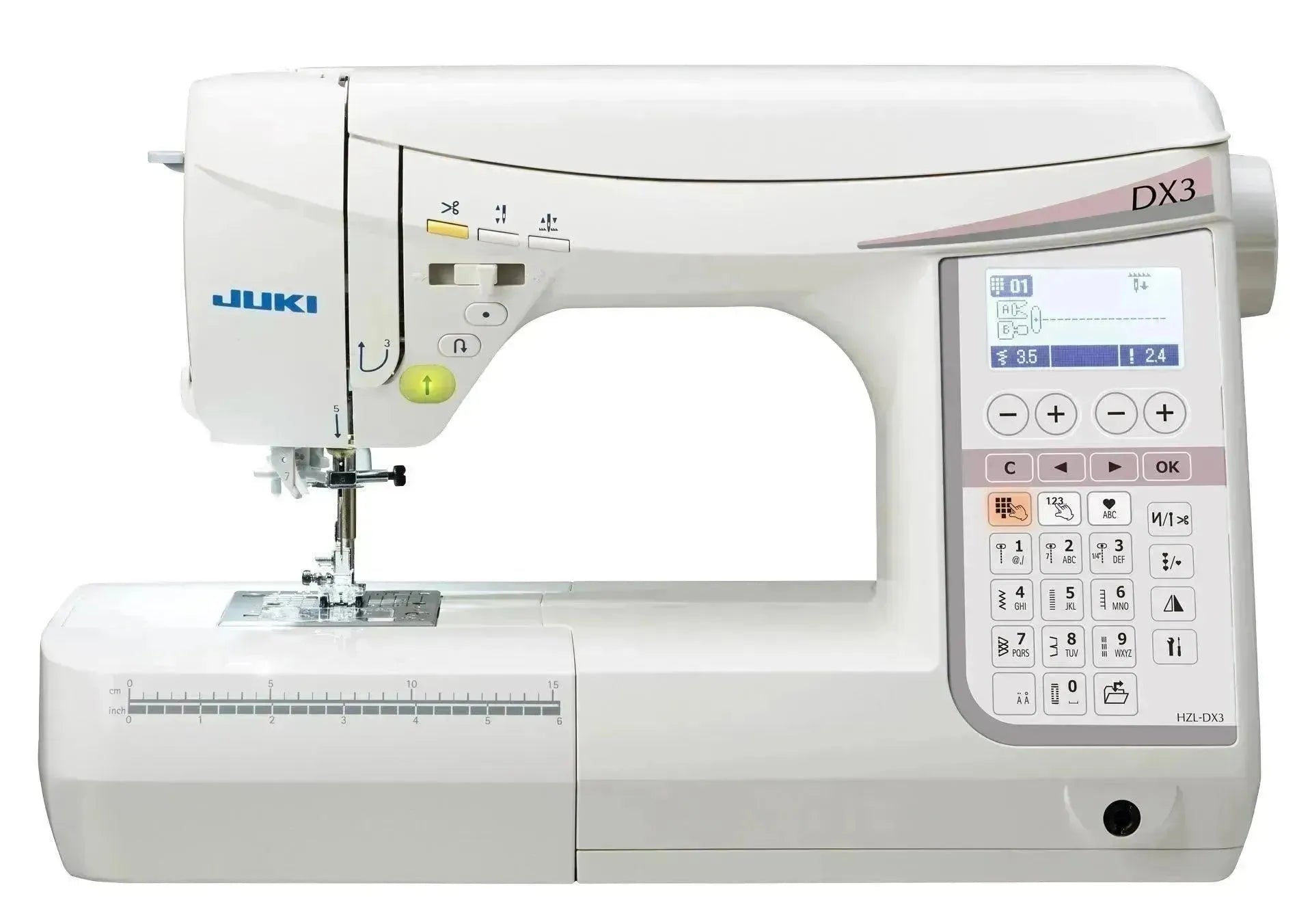
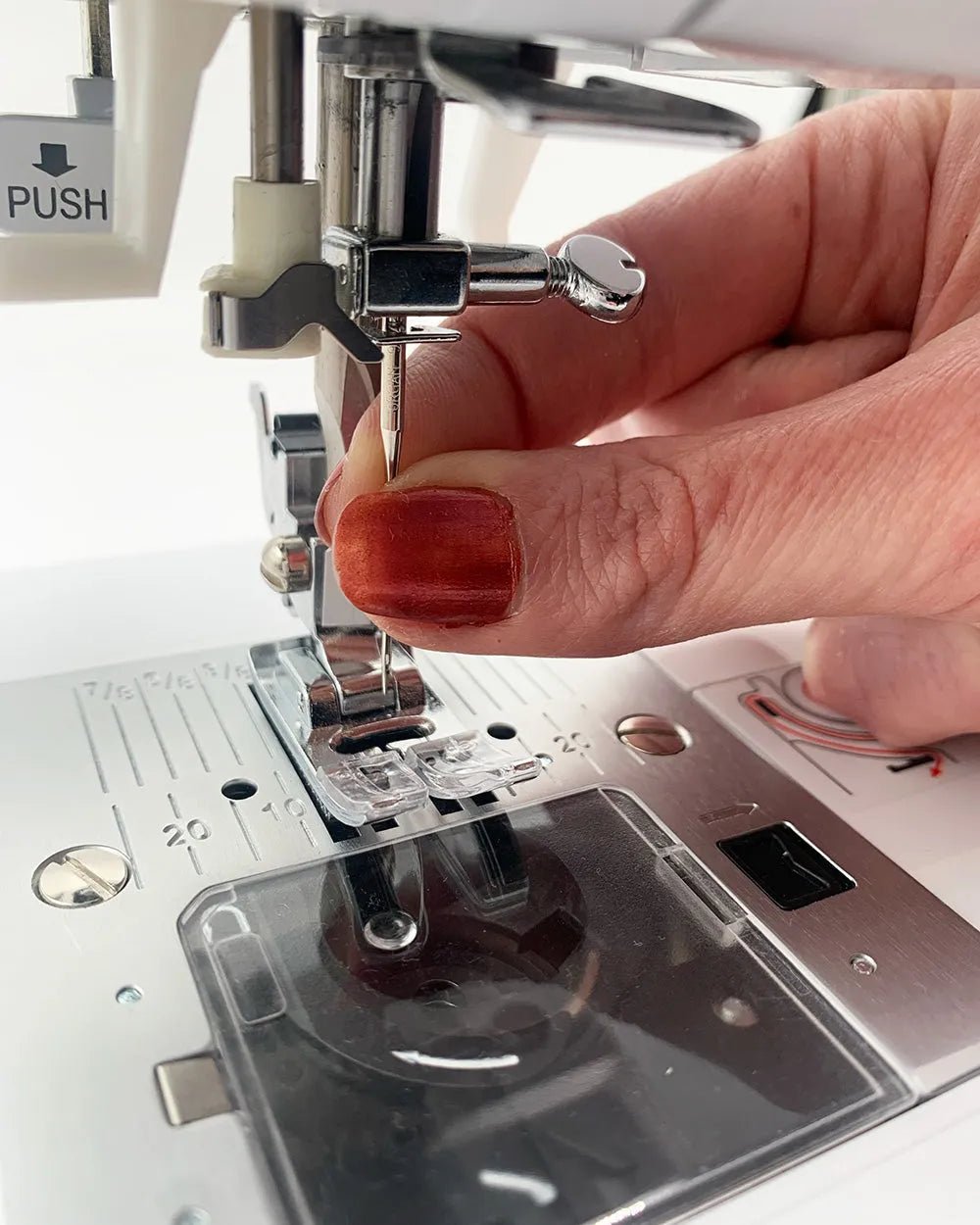
Leave a comment
All comments are moderated before being published.
This site is protected by hCaptcha and the hCaptcha Privacy Policy and Terms of Service apply.